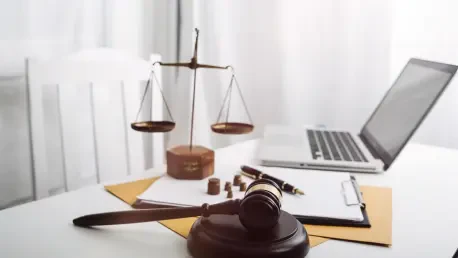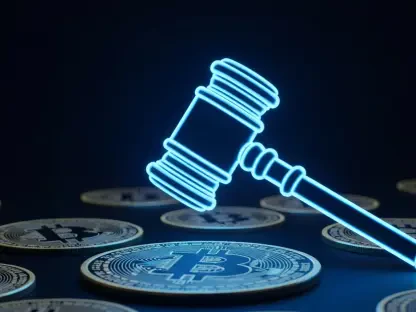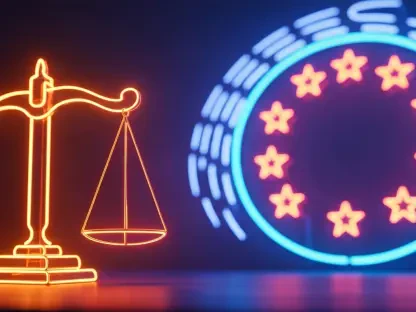The question of whether the President of the United States holds the authority to dismiss the head of the U.S. Copyright Office presents a legal and constitutional challenge. This issue became particularly prominent with the case of Shira Perlmutter, whose dismissal by the Trump administration sparked debate over the balance of power and legislative autonomy. Insights from various legal experts, industry observers, and governance specialists shed light on the implications of executive influence on roles traditionally aligned with legislative bodies while exploring this matter.
Differing Views on Legal Governance
Some legal analysts argue that the President’s ability to remove heads of independent entities like the Copyright Office is limited, given their intended legislative independence. They contend that federal agencies overseen by the Library of Congress fall outside the executive branch’s control, underscoring the delicate separation of powers that defines American governance. This perspective highlights concerns over the erosion of legislative autonomy when executive overreach threatens to alter established frameworks.
Conversely, other commentators suggest that presidential authority, while not absolute, may extend to appointments within the broader administrative structure, provided it aligns with the constitutional mandate of appointing and overseeing government officials. These views stress the necessity of delineating clear boundaries to ensure the effective functioning of government, while contemplating the potential for executive influence to overstep its intended bounds.
Industry Perspectives and Corporate Governance
The business community often watches governmental disputes closely, recognizing their potential ripple effects on corporate governance. Industry leaders acknowledge that shifts in legal interpretations regarding governance can impact regulatory environments and corporate practices. As companies navigate an increasingly complex legal landscape, understanding potential changes in policy related to executive authority becomes crucial to strategic planning.
In particular, legal disputes such as Perlmutter’s raise questions about how government oversight and corporate regulatory compliance intersect. Businesses must remain vigilant and adaptable, anticipating how changes in governmental roles and responsibilities might trickle down to corporate governance structures and legal obligations.
Global Comparisons and Governance Dynamics
Internationally, countries grapple with balancing executive power and organizational independence, influencing how they structure governance. Comparisons with other nations reveal diverse approaches to executive authority, often informed by cultural, historical, and legal contexts. Nations with strong legislative independence may offer insights into alternative governance models that ensure operational autonomy while maintaining accountability.
Governance experts suggest reexamining existing leadership roles in light of global practices, advocating for blended approaches that draw from successful international models. Such insights could offer fresh perspectives for enhancing legislative independence while accommodating necessary reforms within the U.S. framework.
Future Directions in Executive-Legislative Relations
Looking forward, experts anticipate ongoing discourse around executive reach in the administrative sphere, highlighted by cases like Perlmutter’s. Suggestions for reevaluating power dynamics include strengthening legal frameworks to clarify oversight responsibilities and enhance cooperation across government branches. Achieving a balance between innovation and tradition in governance roles is paramount, paving the way for regulatory adaptability in an evolving political landscape.
Comparative analysis of policy shifts across industries and government functions signifies emerging strategies that emphasize alignment and cohesion within and between governmental entities. Such forward-thinking approaches could promote sustainable governance models, accommodating shifts in political climate and technological advancements.
Conclusions and Next Steps
With Perlmutter’s legal challenge spotlighting broader issues of governance and executive authority, the conversation around the Presidential role in appointing or removing heads of legislative-related agencies remains pertinent. The legal interpretations emerging from ongoing discussions reiterate the necessity of maintaining a delicate balance between branches of government. For policymakers, legal practitioners, and industry leaders alike, the focus now turns toward clarifying legal statutes, ensuring robust oversight mechanisms, and fostering informed debates that support a resilient and adaptive governmental framework.









